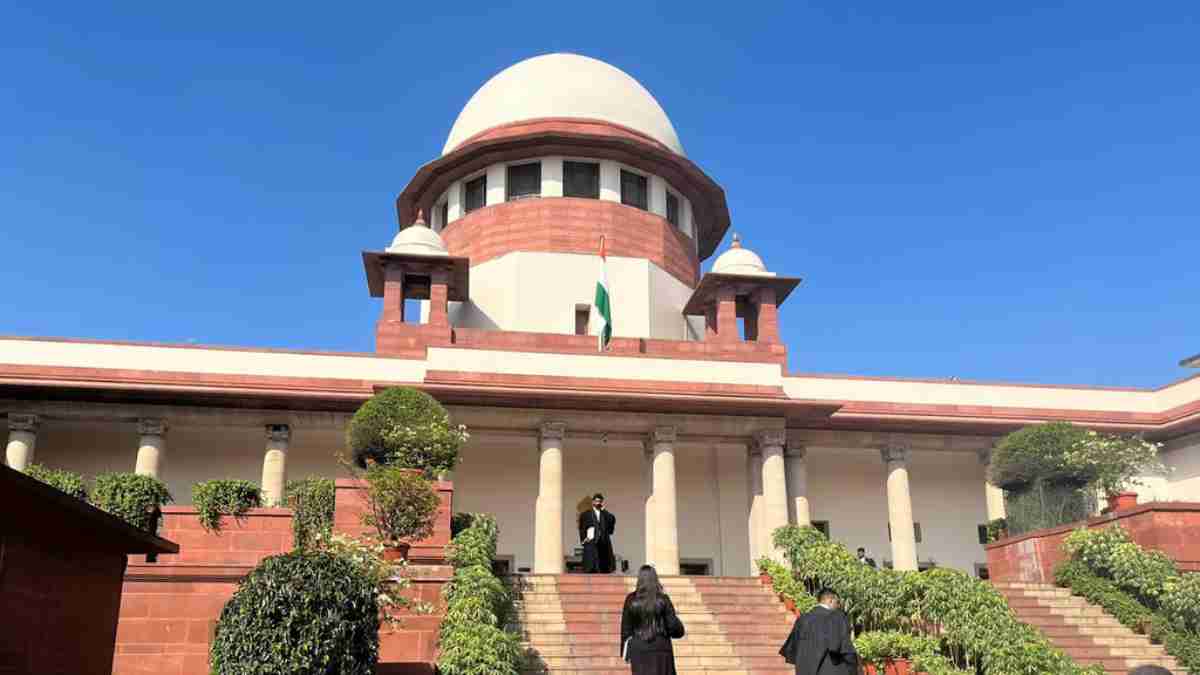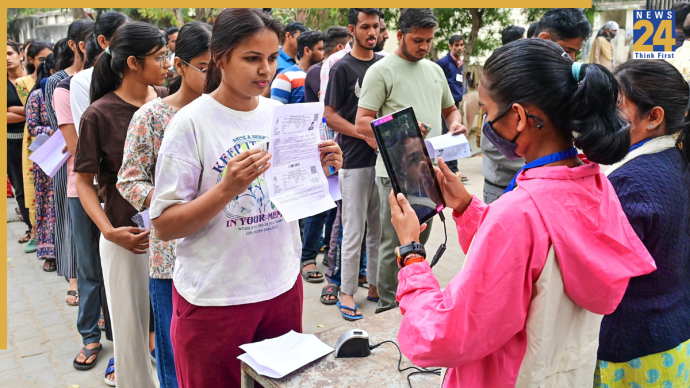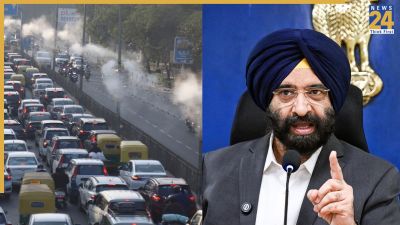In a landmark ruling, the Supreme Court has declared that not all privately owned properties qualify as community resources that the State can claim for the public good. An eight-to-one majority verdict was issued by a nine-judge Constitution bench led by Chief Justice of India DY Chandrachud, with the ruling providing clarity on the extent of State power in appropriating private property.
Majority Opinion: Community Resources and Private Property
Chief Justice Chandrachud, writing on behalf of himself and six other judges, stated that while Article 39B of the Constitution could theoretically include privately owned resources as community assets, not every privately held resource should be automatically classified as such. Determining if a resource qualifies under Article 39B would require a detailed assessment, considering factors like the nature of the resource, its impact on the community, and the consequences of private control. This marks a clear restriction on the State’s ability to designate private property as community resources.
Separate Judgments and Dissent
Three separate judgments were issued. Chief Justice Chandrachud wrote the main opinion, joined by six other judges, while Justice BV Nagarathna issued a concurring opinion with some distinctions. Justice Sudhanshu Dhulia dissented. The bench included Chief Justice DY Chandrachud, Justices Hrishikesh Roy, BV Nagarathna, Sudhanshu Dhulia, JB Pardiwala, Manoj Misra, Rajesh Bindal, SC Sharma, and AG Masih.
Also Read: Supreme Court Quashes Allahabad High Court’s Verdict On UP Madrasa Act
Revisiting the 1977 Precedent
The bench addressed a 1977 ruling, where a 4-3 majority had held that not all private property could be considered community resources. However, Justice Krishna Iyer, in a minority opinion, argued that both private and public resources fell under the ambit of “material resources of the community” as outlined in Article 39(b).
Chief Justice Chandrachud disagreed with Justice Iyer’s broad interpretation, stating that simply fulfilling material needs does not make a private asset a community resource. Instead, a case-specific approach must be applied.
Justice Nagarathna’s Concurring Opinion: Respect for Historical Judgments
Justice Nagarathna offered a separate perspective, expressing disagreement with any critique of Justice Iyer’s interpretation. She noted that Justice Iyer’s stance reflected the socio-economic priorities of the time, which emphasized a State-centric approach and socialist ideals as cemented by the 42nd Constitutional Amendment. She argued that historical judgments should not be criticized solely due to changes in economic policy or political philosophy, such as the liberalization shifts after 1991.
Impact of the Ruling
This ruling emphasizes that State intervention in private property is not automatic under Article 39B and should be justified only in specific, well-considered circumstances. It establishes a balance between individual property rights and the State’s role in promoting public welfare, limiting the scope of what can be deemed as community resources under the directive principles of state policy.
Also Read: Who Is Sharda Sinha? Iconic Bihar Folk Singer On Ventilator Support













